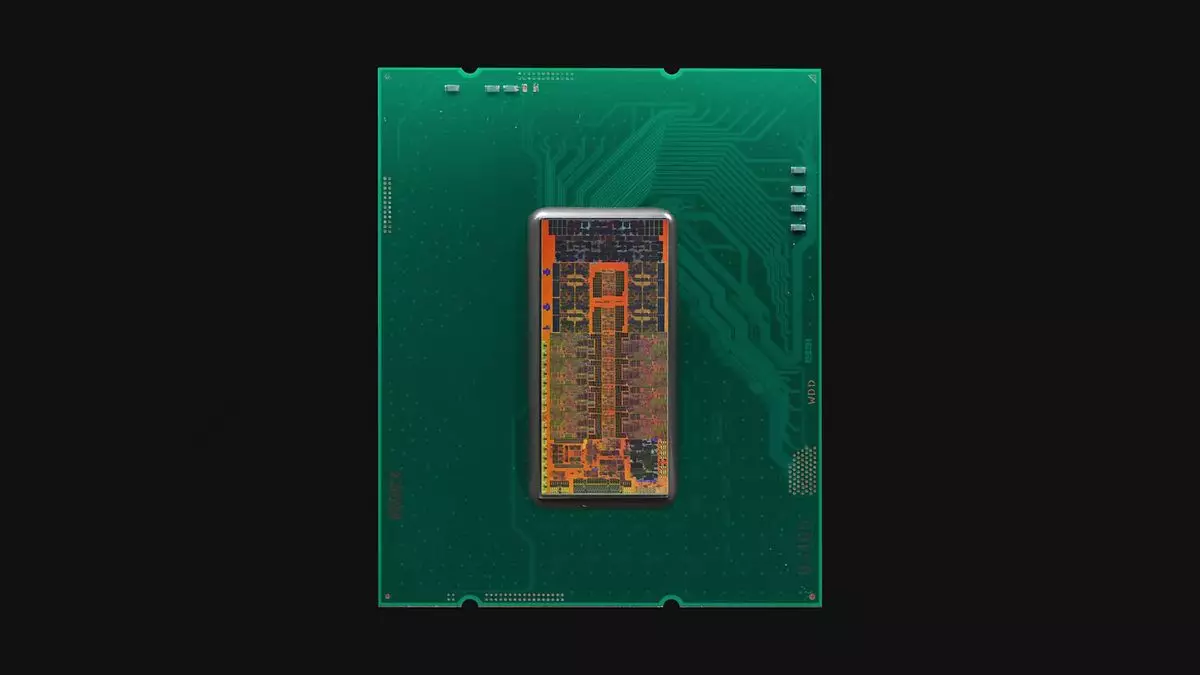Intel has captured the attention of tech enthusiasts and industry analysts alike with its recent announcements concerning future CPU architectures. During a recent earnings call, Michelle Holthaus, the company’s interim co-CEO, made it clear that Intel will not introduce a new desktop CPU until 2026. This revelation set the stage for a deeper examination of Intel’s current position in the CPU landscape and what its future might hold.
Currently, Intel’s desktop CPUs are led by the Arrow Lake architecture, which was reviewed just last October. The Arrow Lake series, including the Intel Core Ultra 9 285K, is relatively new, but the timeline for a successor—the Nova Lake—has raised eyebrows. In a market where technological advancements occur at breakneck speed, a tightly patterned CPU refresh cycle is critical for maintaining competitive edges against rival companies like AMD. The absence of a new architecture until 2026 signals a stagnation that may hinder Intel’s market positioning as competition remains fierce.
Intel, on the one hand, has reasons to take time in developing its next architecture. For instance, the company aims to ensure that the Nova Lake chips significantly outperform Arrow Lake. However, the longer interval may also suggest underlying issues that Intel must confront. With consumer and enterprise thirst for quicker, more powerful chips, Intel’s decision of a prolonged release may prompt users to explore alternatives, particularly at a time when AMD’s Ryzen series is garnering acclaim for its performance and efficiency.
The competitive landscape in the CPU market is evolving. In December 2023, Intel introduced the Meteor Lake mobile processors but quickly followed up with the Lunar Lake lineup, suggesting aggressiveness in the portable computing segment. This fast-paced development stands in stark contrast to the desktop sector’s stagnation. Additionally, the performance metrics of the Meteor Lake and the forthcoming Lunar Lake models indicate that Intel is currently grappling with competitive challenges. These challenges include late production ramp-ups and performance discrepancies compared to AMD processors.
Arrow Lake has not been free from criticism either. Although it is marketed as a capable series of CPUs, industry analysts suggest it lacks competitive leverage against AMD’s offerings. Intel’s reliance on TSMC silicon for Arrow Lake also poses a risk: it not only impacts profit margins but also implies potential supply chain vulnerabilities. As Intel’s profitability faces the pressures of manufacturing costs, delivering competitively priced, high-performance chips becomes more critical.
The anticipated Nova Lake architecture stands to mark a significant evolution in Intel’s desktop offerings. Holthaus indicated that Nova Lake will incorporate processes from Intel’s new ultra-advanced 18A technology node. This is a substantial undertaking as Intel transitions its production capabilities, yet they face the challenge of ramping up output efficiently. The expectation is that Nova Lake will significantly enhance performance and power efficiency; however, the uncertain timeline raises considerable apprehension about Intel’s strategic direction.
Intel has plans to incorporate both internal and external silicon in the Nova Lake architecture. While this hybrid approach could lead to improved efficiencies and performance, it also suggests that Intel remains dependent on external manufacturing resources. Given that the company has historically struggled to ramp up production capabilities for new nodes, the prospects of large-scale Nova Lake deployment in a timely manner remain dubious.
While Intel heads toward the 2026 release of its Nova Lake architecture, the implications of this decision unfold more broadly within the industry’s dynamics. The gap in CPU releases not only raises questions about Intel’s competitive standing but also signals potential shifts in consumer loyalties. Innovators and challengers in the market, such as AMD, who constantly develop and enhance their offerings, could seize this opportunity to capture more market share. As Intel endeavors to improve its chip design and production capabilities, the race for supremacy in the CPU market is far from over, making it crucial for the company to maintain a keen focus on rapid innovation and efficient production. The questions that linger about Nova Lake’s success will shape the future of Intel—and indeed the wider computing ecosystem—long before its anticipated launch.

